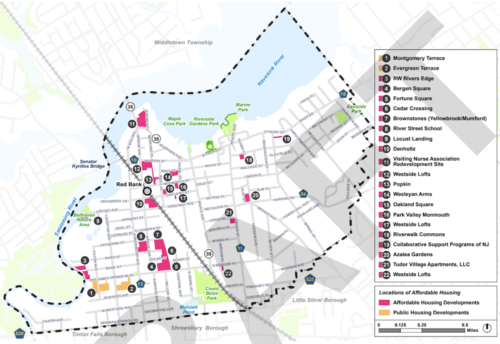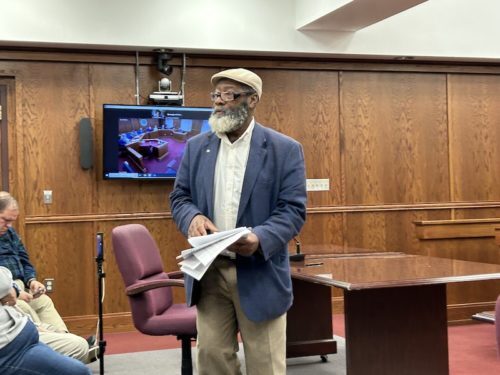
By JOHN T. WARD

The unanimous vote followed spirited debate about whether the many recommendations in the 166-page document should be prioritized for council action.


Referring to an earlier suggestion made by board member Lou DiMento that the board should rank the report’s recommendations, with more public input, Mancuso pushed back.
“It really is just an idea book,” Mancuso said. “None of it is necessarily more important at any given time than anything else.”
“I think you have a very constrained view of what a Master Plan is,” DiMento said, addressing Mancuso.
Board attorney Michael Leckstein, however, sided with Mancuso, saying the plan “is not a shopping list.”
“If the Master Plan doesn’t drive the development of this town, what does?” asked Bruce Whitaker, of Prospect Avenue.
“Economics,” Leckstein responded.
Councilperson and board member Michael Ballard said the document contains “literally hundreds of suggestions of what the council should do.
“Things get done that we can get done within the constraints of how we raise money,” he said. “That’s where grants come in, that’s where private public partnerships come in.”
Some of the plan’s recommendations, he said, concerning affordable housing, would be taken up “at the next council meeting,” which is scheduled for Wednesday night.
Other comments:
• William Poku, the newly elected president of the NAACP of Greater Red Bank, said the plan does nothing to address the “existential problem” of African-American residents being driven out of their homes by soaring property taxes and rents.
“People of color not being able to live in Red Bank needs to be addressed,” he said. The borough, he said, has an obligation to make “an affirmative effort” under Mount Laurel doctrine to provide for affordable housing.
“The question is, are we going to do anything to stop the bleeding?” Poku asked.
BFJ principal Susan Favate said the decline in the black population “is not unique to Red Bank; it’s something we’re seeing throughout the Northeast.”
“It’s clearly a larger issue than just Red Bank and Monmouth County,” she said. The plan, she said, “talks about a lot of strategies” to counter gentrification.
• Bob Zuckerman, executive director of the downtown promotion agency Red Bank RiverCenter, urged the board to declare parking in the district an “inherently beneficial” use of property, one of the criteria used under land use law to support requests for variances.
“We’re just looking to firm up the language on that,” he said, citing RiverCenter’s board.
Mancuso and Leckstein, however, said the change could not be made for legal reasons.
• Former board member Linda Cohen lamented that some vacant or decrepit properties “get left for years and years” without any attention by owners. Mancuso said that is an issue for the borough’s code enforcement office.
If you value the news coverage provided by redbankgreen, please become a financial supporter for as little as $1 per month. Click here to set your own level of monthly or annual contribution.





















